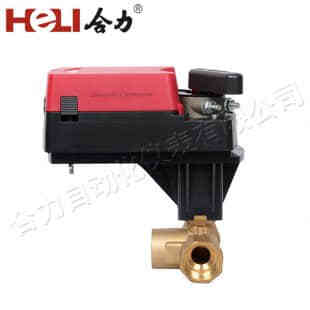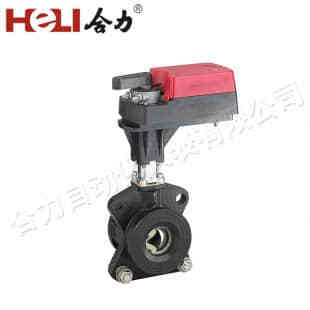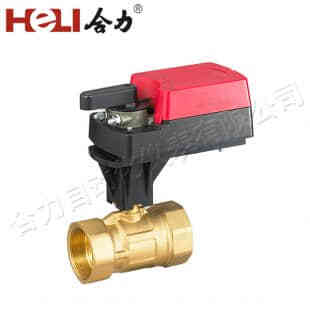Explosion-proof damper actuators are critical components in systems designed for use in hazardous environments. These actuators are specially engineered to prevent the ignition of potentially explosive substances in areas where volatile gases, dust, or other combustible materials are present. In industries such as oil and gas, chemical processing, and mining, where the risk of explosions is a constant concern, explosion-proof damper actuators play an essential role in enhancing both safety and operational efficiency. This article explores the function, features, and applications of explosion-proof damper actuators, as well as their importance in maintaining safety standards.

What is an Explosion-proof Damper Actuator?

An explosion-proof damper actuator is a mechanical device that controls the opening and closing of dampers in ventilation systems, often in environments prone to hazardous conditions. These actuators use a motor or pneumatic system to adjust dampers that regulate airflow. The “explosion-proof” designation refers to the actuator’s ability to operate safely in environments with explosive atmospheres without sparking or causing ignition. The actuator’s housing is specially designed to withstand any potential internal explosion and prevent it from spreading to the external environment. Dampers, typically used in ventilation and air control systems, are crucial for managing the flow of air, smoke, or gases. Explosion-proof damper actuators ensure that, even in the event of an internal malfunction or explosion, the actuator will not trigger an external hazard. This feature is especially vital for industries such as petrochemical, pharmaceutical, and mining, where a single spark or malfunction can lead to catastrophic consequences.

Leave a Reply